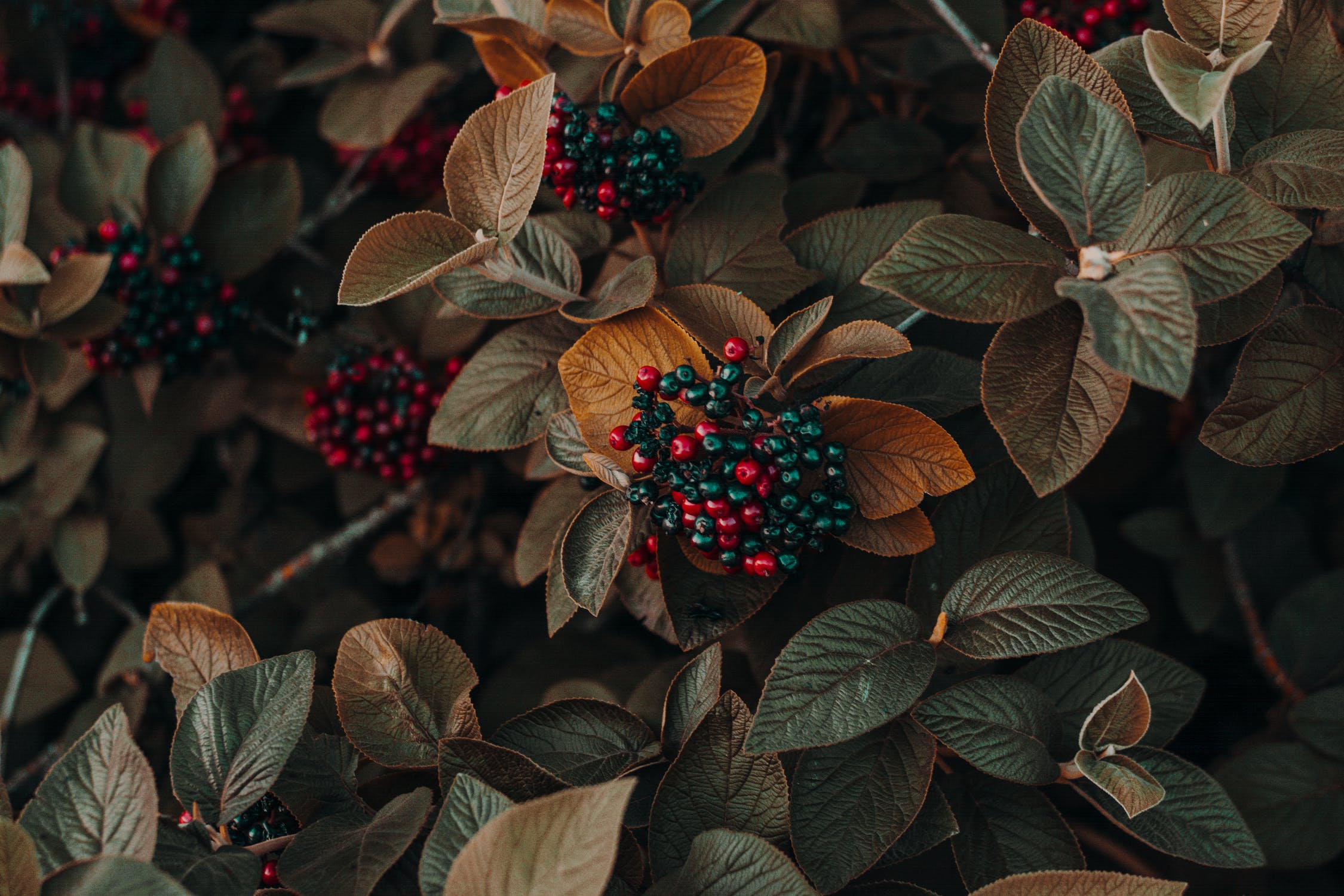Preparing fruit plants for winter

JACKSONVILLE, Ill. — Once you’ve picked the last of your fruits this season, you may think your work with your fruit plants is over until spring. However, a few tasks can be done in the fall to set yourself up for a successful growing season next year.
Tree Fruit
One of the most important things you can do for your tree fruits is to remove any fruit still on your trees or that has fallen on the ground. Diseases like black rot in apple and brown rot of stone fruit can overwinter on fruit. By removing this fruit, you can help reduce the chances of those diseases developing.
Cleaning up fallen leaves can also be helpful with disease management. Some diseases, like apple scab, will overwinter on leaves and infect new leaves in the spring. If you have issues with diseases like apple scab, leaves should be raked up and burned, buried, or composted.
One other disease that can be managed in the fall is peach leaf curl. Trees can be sprayed for leaf curl with a dormant spray of chlorothalonil, lime sulfur, or a copper-based product in late fall after leaves have dropped or early spring before the buds begin to swell.
Wildlife such as voles or rabbits can be problems in home orchards as they feed on the roots or bark of fruit trees. Fall is a good time to put tree guards around trees to protect them. Hardware cloth or plastic mesh materials can be used.
If voles are a problem, make guards at least 18 inches tall, and make sure they go at least two inches deep into the ground so voles cannot tunnel underneath. If rabbits are an issue, make guards 24-36 inches tall. Cleaning up weeds and grass and pulling mulch away from tree trunks that voles can hide in can also help reduce problems.
If you use plastic spiral tree guards, make sure to remove them in the spring. If they are left on trees, they can trap moisture, creating an ideal environment for pests and diseases to develop.
Small fruits
If you grow strawberries, it’s a good idea to mulch them over the winter. As we go through freeze-thaw cycles during the winter, strawberry plants can be heaved out of the ground, and the crowns can be exposed to cold temperatures that will damage or kill them. Mulching strawberries will help moderate the temperatures and protect plants.
Place 3-4 inches of weed-free mulch, like straw, over plants once we have had a few consecutive nights of temperatures in the 20s. Depending on the year, this is typically sometime between mid-November to mid-December. Once soil temperatures reach 40˚F in the spring, the mulch can be removed.
Blueberries will also benefit from being mulched. Blueberry plants are shallow rooted, so mulch will help protect roots from heaving. A 4–6-inch layer of mulch, such as wood chips or pine needles, can be used. Mulching will also help retain soil moisture and suppress weeds in your plantings.
Mulching blueberries in the fall can also help with management of mummy berry. This disease will also overwinter on old, mummified fruit. The mummies can either be removed or buried under two inches of mulch to help prevent infection of plants in the spring.
Miss Clipping Out Stories to Save for Later?
Click the Purchase Story button below to order a print of this story. We will print it for you on matte photo paper to keep forever.
